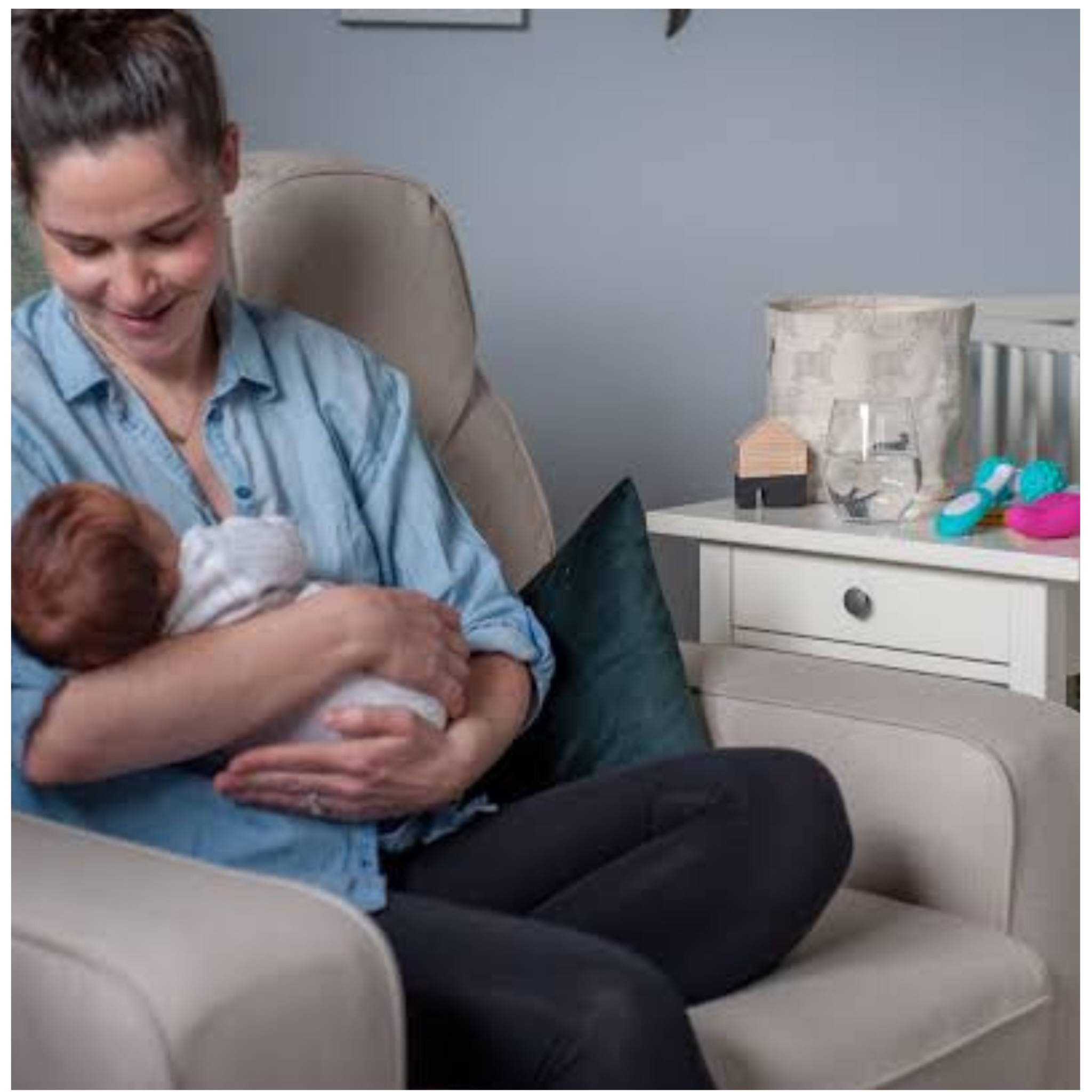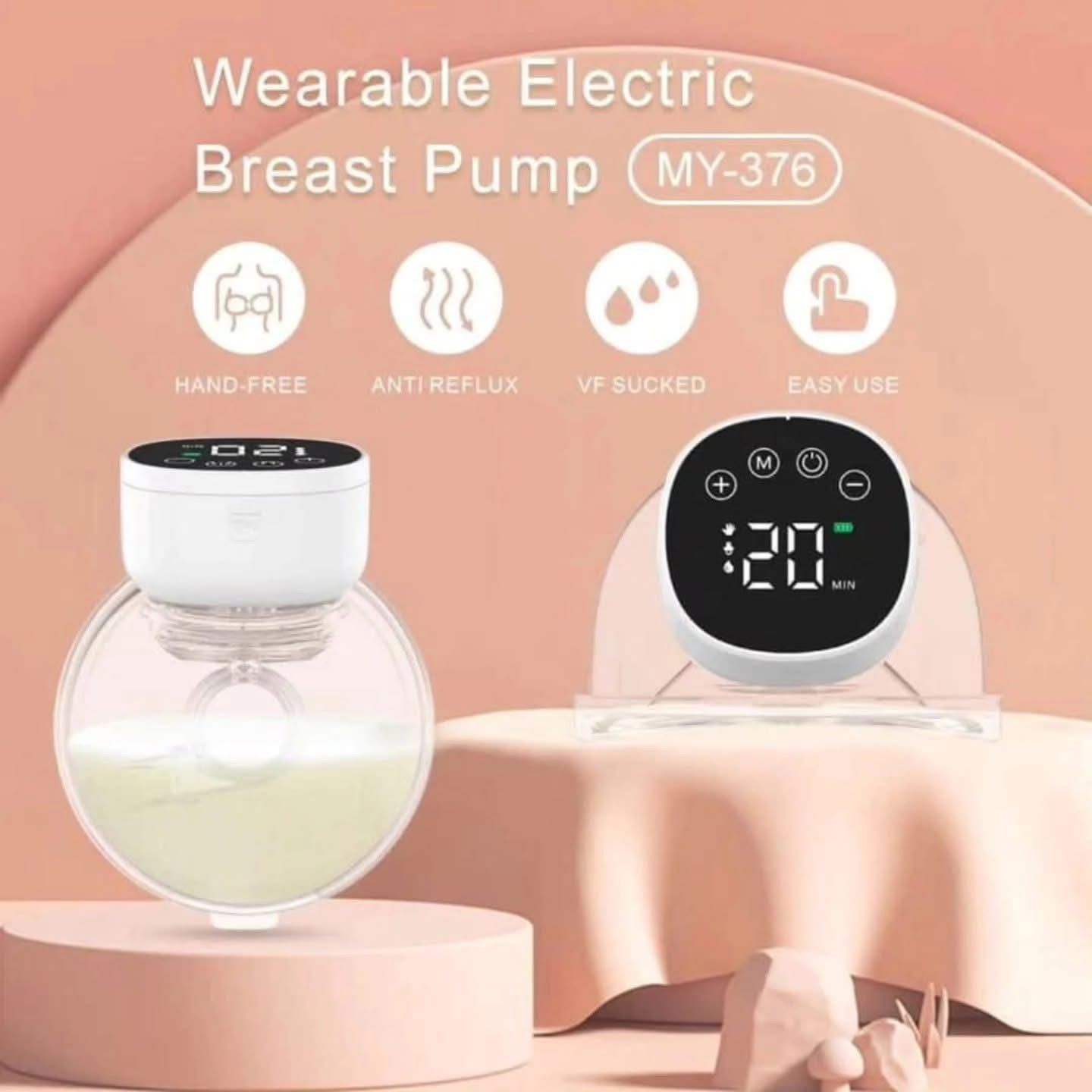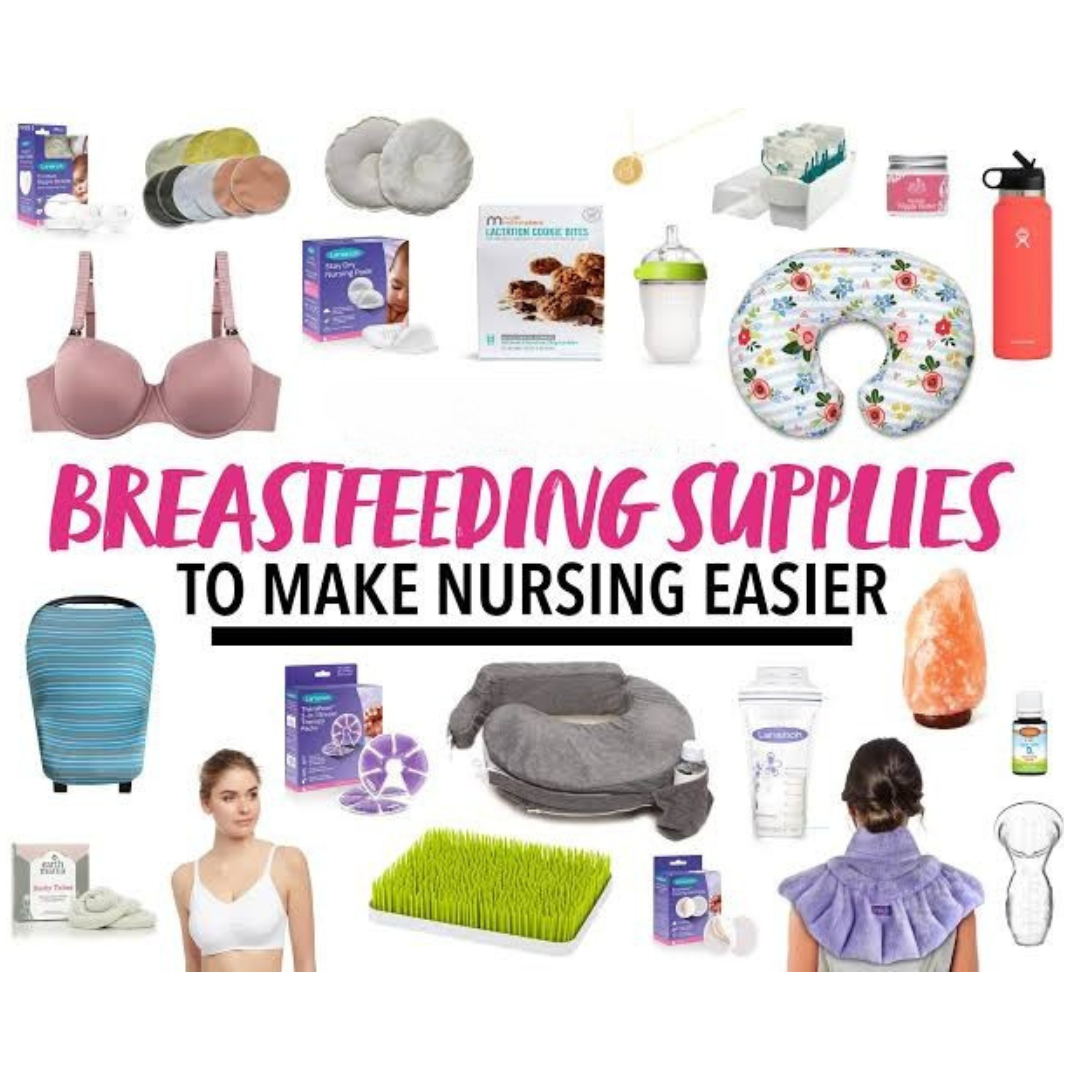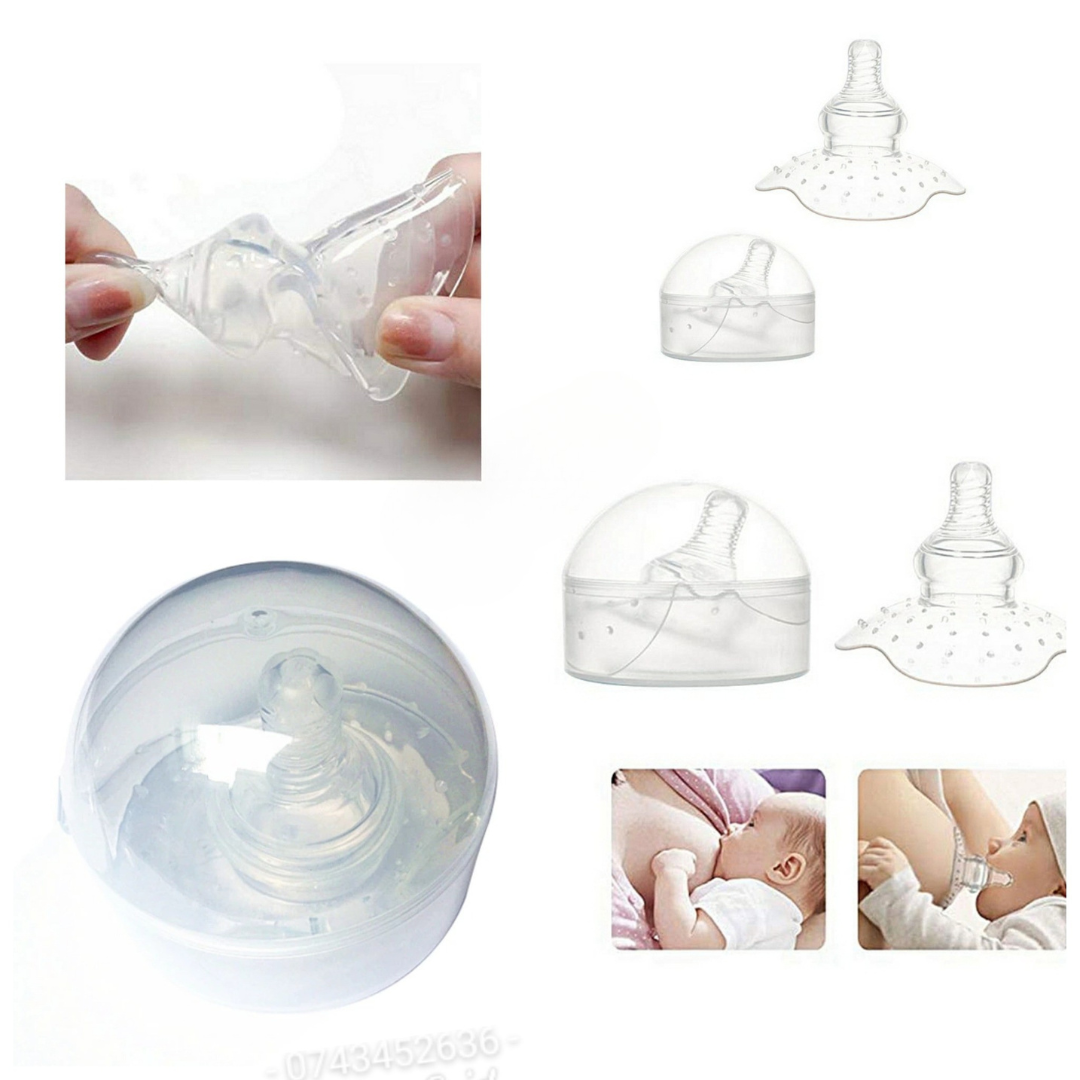Breastfeeding Environment: Creating a Breastfeeding-Friendly Space at Home and Work

Breastfeeding is a crucial part of a child’s early development, and having a breastfeeding environment that is friendly can make the journey smoother for nursing mothers. Whether at home or in the workplace, creating a comfortable and supportive space is essential for both mother and baby. In Kenya, where breastfeeding is highly encouraged, ensuring the right environment can help increase breastfeeding success rates.
Table of Contents
What Is a Friendly Breastfeeding Environment?
A breastfeeding-friendly environment is a space where a nursing mother feels comfortable, supported, and encouraged to breastfeed. This includes:
- Privacy and Comfort: A designated, clean, and quiet area for nursing mothers, whether at home or work.
- Proper Seating: A comfortable chair or couch where a mother can relax while feeding her baby.
- Breastfeeding Accessories: Items like nursing pillows, breast pumps, and milk storage containers.
- Supportive Atmosphere: Encouragement from family members, colleagues, and employers to continue breastfeeding.
- Access to Clean Water and Healthy Meals: A well-balanced diet helps mothers produce sufficient milk.
What Is the 4-4-4 Rule for Breastfeeding?
The 4-4-4 rule is a guideline that helps nursing mothers understand breast milk storage:
- 4 Hours at Room Temperature: Freshly expressed breast milk can be kept at room temperature (around 25°C) for up to four hours.
- 4 Days in the Refrigerator: Breast milk can be safely stored in the fridge at 4°C for up to four days.
- 4 Months in the Freezer: Properly stored milk can be frozen for up to four months to ensure a steady supply.
Following these guidelines ensures that breast milk remains safe for the baby while allowing mothers to store and manage their supply efficiently.
What Is a Supportive Environment for Breastfeeding?
A supportive environment for breastfeeding includes policies, infrastructure, and emotional support that encourage nursing mothers. In Kenya, government initiatives such as paid maternity leave and breastfeeding breaks in the workplace play a crucial role. A supportive environment also includes:
- Workplace Lactation Rooms: Many companies are now providing private spaces for mothers to pump milk.
- Flexible Work Hours: Allowing nursing mothers to work from home or have flexible hours to accommodate breastfeeding needs.
- Education and Awareness: Encouraging family members, friends, and employers to understand the benefits of breastfeeding.
How Does Breastfeeding Affect the Environment?
Breastfeeding is not only beneficial for infants but also has a positive impact on the environment:
- Reduces Waste: Unlike formula feeding, breastfeeding produces no packaging waste or plastic bottle pollution.
- Lower Carbon Footprint: Formula production involves manufacturing, packaging, and transportation, contributing to carbon emissions.
- Less Water Usage: Breastfeeding requires no additional water for cleaning bottles or preparing formula, conserving water resources.
By choosing to breastfeed, mothers are also making an eco-friendly choice that supports sustainability.
Working Mothers and Breastfeeding
Many Kenyan mothers return to work while still breastfeeding, and managing both responsibilities can be challenging. Here are some ways working mothers can balance breastfeeding and career:
- Use a Breast Pump: Expressing milk during work hours ensures the baby has a steady supply.
- Schedule Breastfeeding Breaks: Many workplaces allow nursing mothers short breaks to pump milk.
- Communicate with Employers: Informing the employer about breastfeeding needs can lead to better support.
- Store Breast Milk Properly: Using proper storage containers and refrigeration ensures milk remains fresh.
- Seek Support Groups: Joining breastfeeding support groups can provide encouragement and shared experiences.
Breastfeeding Environment Support in the Workplace
Employers play a significant role in supporting breastfeeding mothers. Companies can foster a breastfeeding environment that is friendly by:
- Providing Lactation Rooms: A private, clean space for expressing milk.
- Offering Maternity Leave: Ensuring new mothers have adequate time to establish breastfeeding.
- Allowing Flexible Work Arrangements: Options such as remote work or adjusted hours help nursing mothers.
- Educating Employees: Conducting awareness sessions about the benefits of breastfeeding and workplace support policies.
With proper workplace policies and cultural support, working mothers can continue breastfeeding while excelling in their careers.
Frequently Asked Questions (FAQs)
1. What are the key features of a breastfeeding-friendly space at work?
A breastfeeding-friendly workspace includes a private lactation room, flexible break times, and supportive employer policies.
2. Can breastfeeding be continued after returning to work?
Yes, working mothers can continue breastfeeding by expressing milk, storing it properly, and scheduling feeding sessions around work hours.
3. How does breastfeeding benefit the environment?
Breastfeeding reduces waste, lowers carbon emissions from formula production, and conserves water resources.
4. What legal rights do breastfeeding mothers have in Kenya?
In Kenya, laws provide maternity leave and workplace breastfeeding breaks to support nursing mothers.
Creating a breastfeeding-friendly environment at home and work ensures that both mother and baby benefit from the best possible support, leading to healthier families and a sustainable future.











